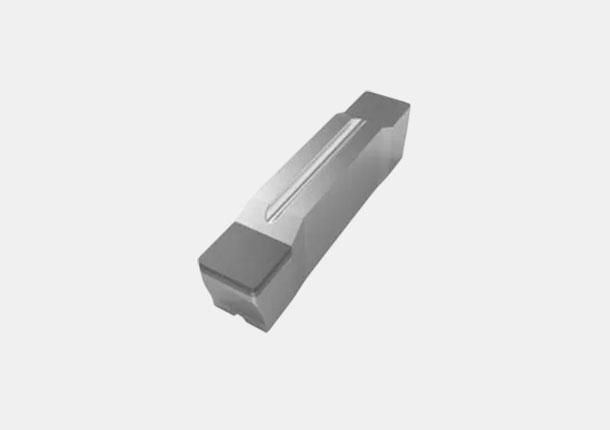Grooving




Grooving is a machining process used to create a narrow, groove-like feature on the surface of a workpiece. It involves the use of a cutting tool or insert to remove material along a predetermined path, typically on the outer diameter or inner diameter of cylindrical parts. Grooving is commonly used to produce grooves for seals, O-rings, or for creating space for other components to fit. It is widely applied in industries like automotive, aerospace, and manufacturing to create precise and functional grooves in materials such as metals, plastics, and composites. Grooving tools are designed with specific shapes to achieve accurate depths, widths, and finishes based on the requirements of the application.
We provide:
-
Grooving inserts
-
Parting/Facing/Turning/Al-wheel etc
Key components
-
Cutting Tool (Grooving Insert): The specialized tool used to cut the groove into the workpiece. It has a sharp, precise edge to create accurate grooves and can be made from materials like carbide, ceramic, or high-speed steel.
-
Tool Holder: The device that securely holds the cutting tool in place during the grooving process. It ensures stability and proper alignment of the cutting tool with the workpiece.
-
Workpiece: The material being machined, typically cylindrical, on which the groove is being created. The workpiece can be made from various materials, including metals, plastics, or composites.
-
Lathe Machine : The primary machine used for grooving, where the workpiece is rotated while the cutting tool moves along its surface to create the groove. It can be a traditional lathe or a CNC (Computer Numerical Control) machine for more precise and automated processes.



